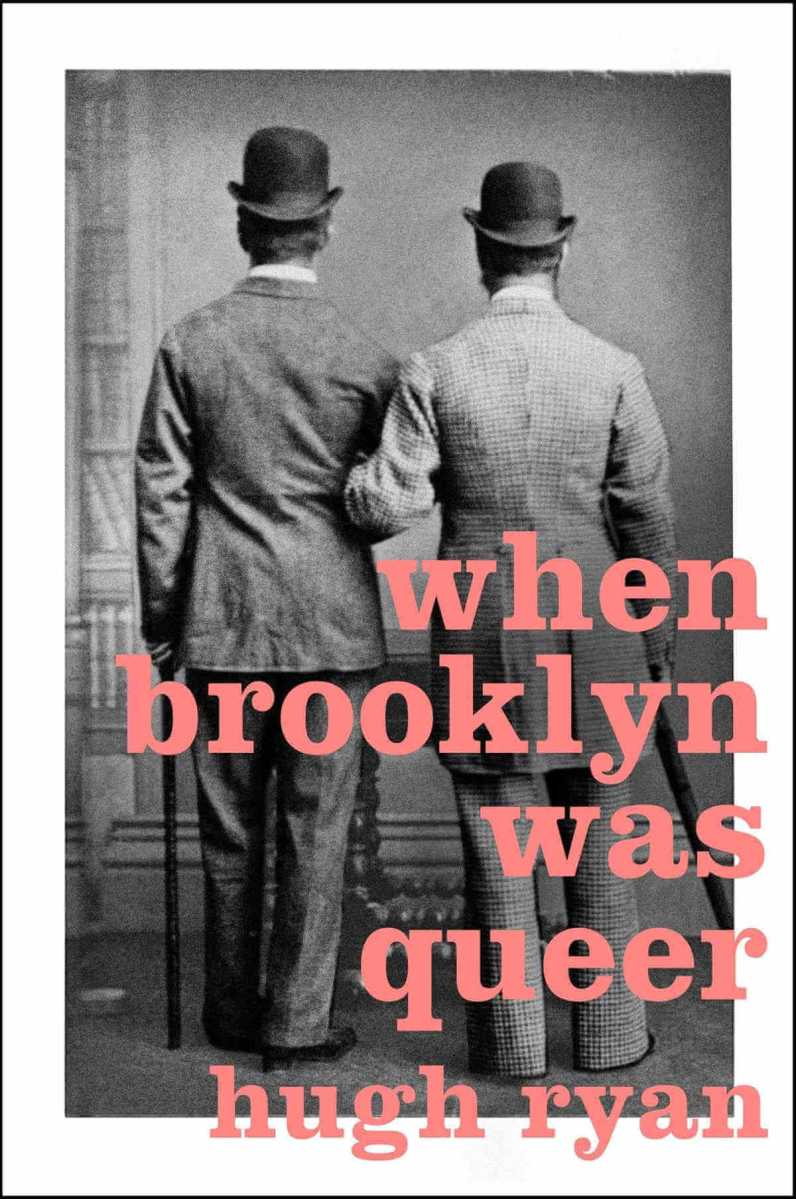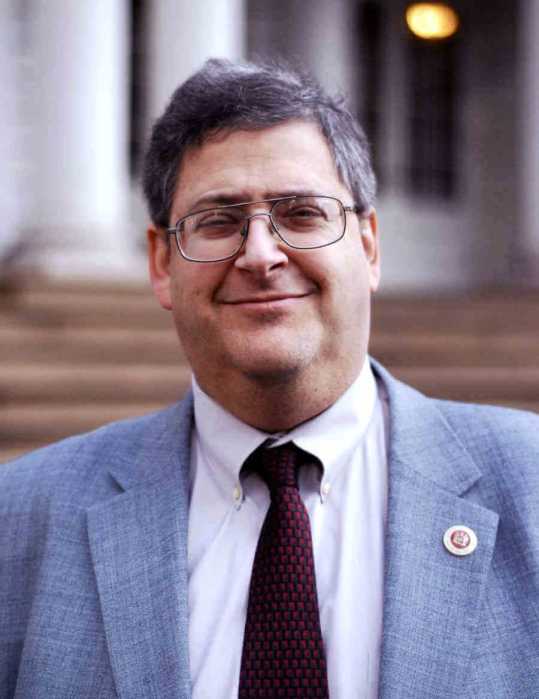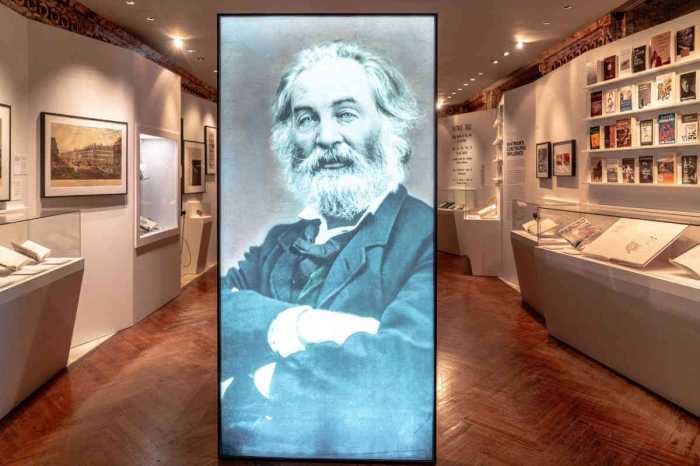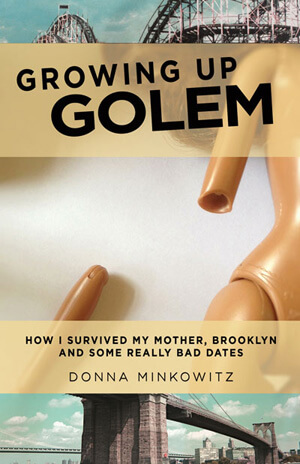This city sure has changed.
Landmarks were destroyed, the skyline is different, and streets are shifted in a way that feels same-not-same. It’s like having dinner with a relative you met once, when you were nine — as in Hugh Ryan’s “When Brooklyn Was Queer,” everything and nothing is familiar.
Once upon a time, Brooklyn was little more than farms and fields. That’s the vista Walt Whitman saw when he stepped beyond the built boundaries of the East River city opposite New York where he’d been creating “Leaves of Grass.” He loved the area, a love he shared with laborers, prostitutes, and the rest of the crime-ridden, mostly white population of Brooklyn in the mid-1800s.
As a gay man, Whitman would have noted upcoming changes.
In 1883, the Brooklyn Bridge opened, making it easy for residents to reach New York City. There, male and female impersonators found work at live entertainment venues, where race mattered little; and sexes and social classes mixed freely at saloons, concert halls, dancehalls, and theaters. For African-American actors, that relative permissiveness led to more acceptance and, sometimes, fame.
By the time Brooklyn merged with the Bronx, Queens, Manhattan, and Staten Island in January 1898, a new word had emerged. “Homosexuals” had been targeted by obscenity charges for quite some time by then but, though laws were created against them, they had a living presence in mainstream society. Even so, says Ryan, most people didn’t learn much about homosexuals until World War I.
And yet — people couldn’t get enough of “queer” folk, especially with cabaret shows, vaudeville, and “freak shows” so wildly popular and a subway ride to Coney Island costing just a nickel. New Yorkers flocked to the boardwalk, perhaps titillated by the idea that the performers were “gay.”
But “things started to go off the rails” for the LGBTQ community at the end of World War II. The common perception was that being gay was equal to a crime. Starting then, says Ryan, “… the vibrant queer histories of places outside Manhattan would soon be forgotten.”
Reading “When Brooklyn Was Gay” is something like frosting a cake.
From the starting point of a poet and a wharf full of sailors, readers glide smoothly to wood-floor dancehalls; sweeping near audacious lesbian actors, scandal rags, legal fights, burly-Q stages, then to the Jazz Age and beyond. Each spot is covered, sprinkled with asides, personal anecdotes from author Ryan, and modern references that help make interesting connections, then gently folded into the next subject.
What may delight readers the most, though, is in the details.
While this is a history of Brooklyn, specifically, and New York, in general, we’re taken to other cities and cultures to see how worldwide changes impacted Brooklyn’s residents. Like the inner workings of a clock, tiny facts turn larger events that become part of a big picture for readers to see.
Unlike many books, this one doesn’t ignore anyone in the LGBTQ initialism; all are mentioned here and given due diligence. For readers searching for a fun, fascinating, all-encompassing history, “When Brooklyn Was Queer” is a pleasant and welcome gift.
WHEN BROOKLYN WAS QUEER | By Hugh Ryan | St. Martin’s Press | $29.99 | 308 pages



































